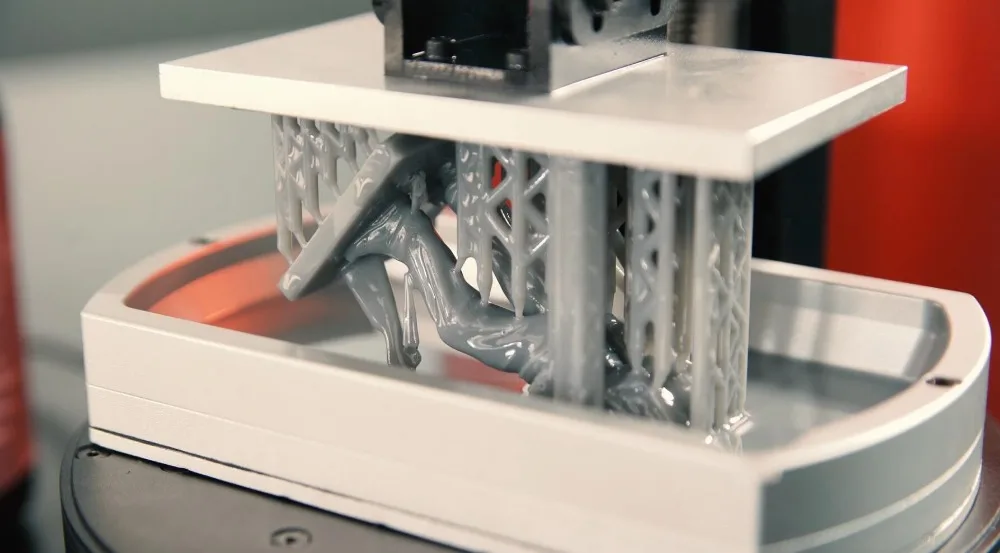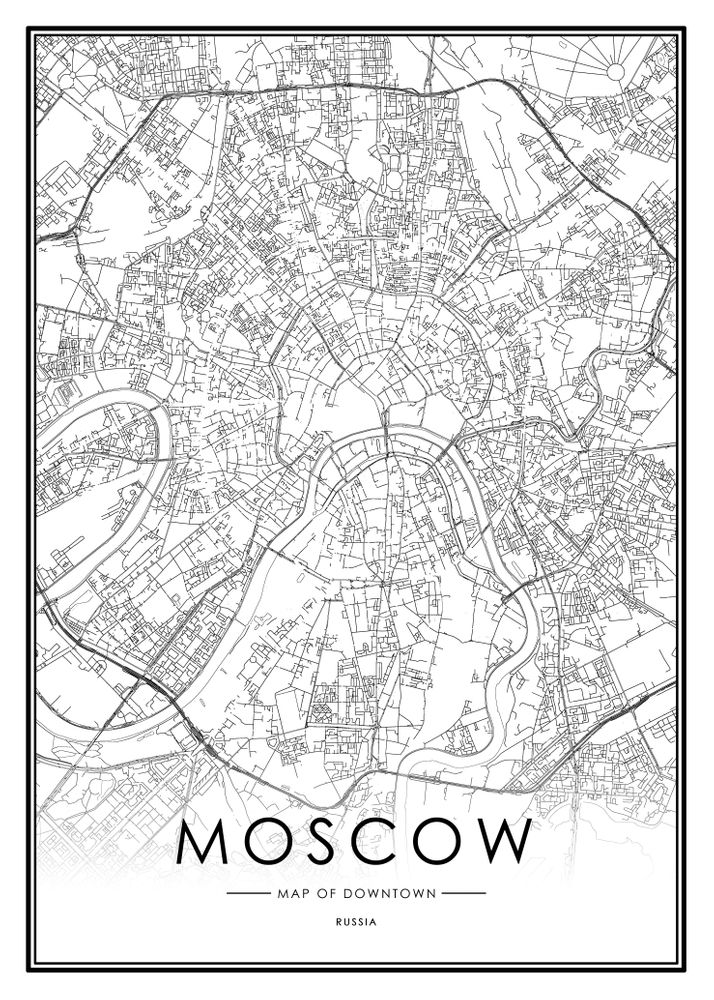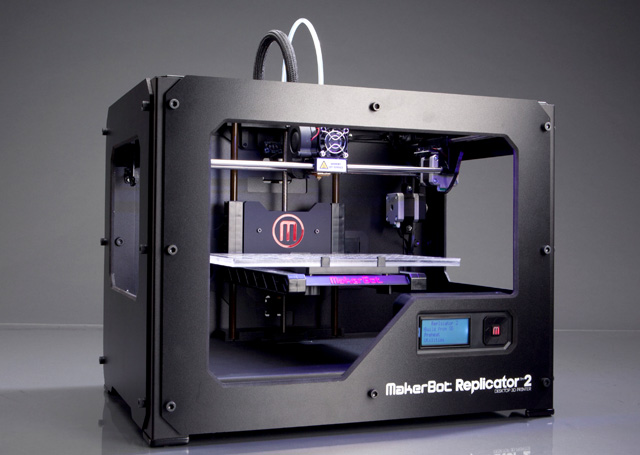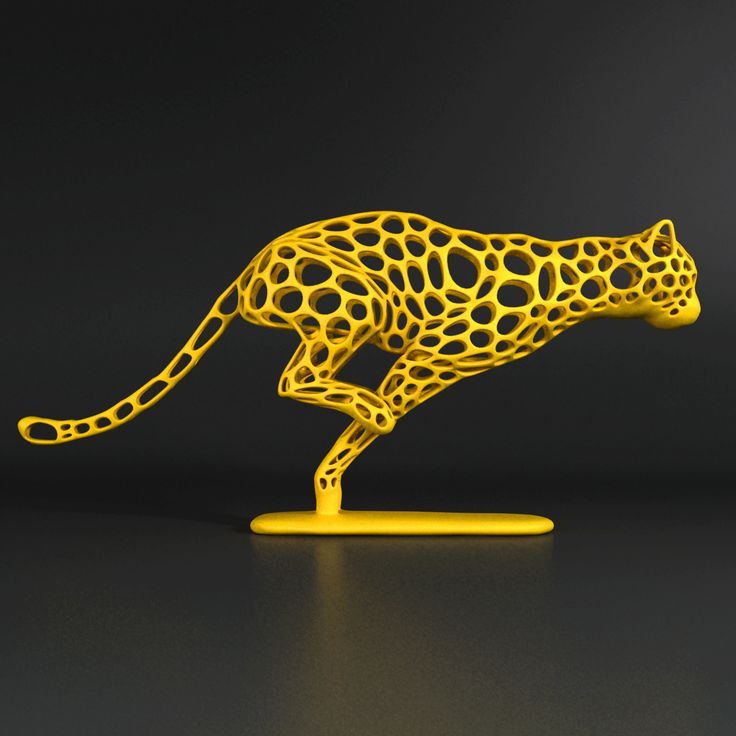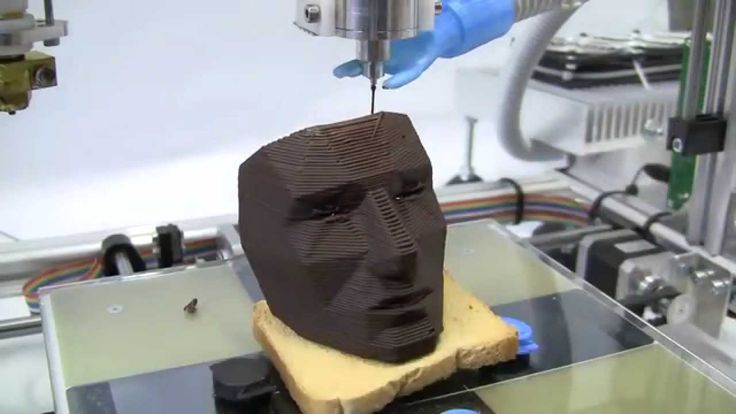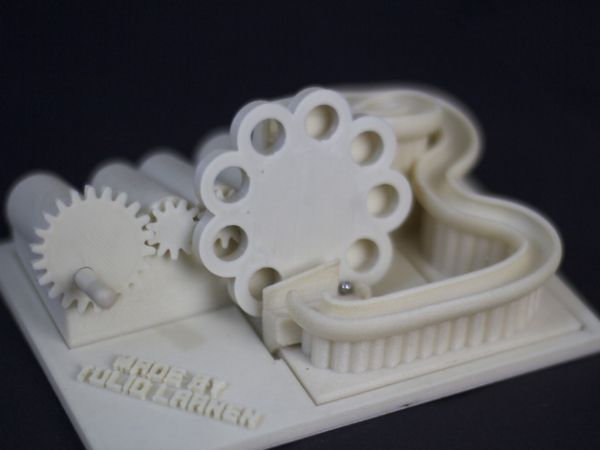Kickstarter sla 3d printer
Anycubic Photon Ultra DLP Printer now on Kickstarter
Anycubic has just launched their long awaited cost-effective DLP resin printer on Kickstarter, which you can see at this link.
What is so special about this new resin printer, and what makes it a good option for value-conscious makers?
Read on and we will tell you!
DLP equals higher quality prints
The original LCD-based Photons have found a large following with both makers and researchers alike due to its low cost, high resolution and compatibility with a wide range of resins.
Their latest offering, with its build volume of 102.4 mm (L) * 57.6 mm (W) * 165mm (H), has made the switch from LCD technology to the more efficient and higher quality DLP (Digital Light Processing) technology from Texas Instruments.
Most DLP printers on the market are industrial level costing thousands of dollars, meaning that the new Anycubic Photon Ultra is the most low cost machine that is available with DLP.
This is all part of the plan, as Anycubic says they want to shatter these barriers to entry and allow anyone to enjoy the precision, high-level of detail, and durability that are brought by DLP technology.
DLP printers use a projector that reflects all the light to a pixel via a micromirror (of which there are hundreds on the chip), therefore, there is no light convergence, which allows for crisper black/white contrasts. LCD printers converge all the light to a pixel, which can cause bumps and shadows on the edge of models.
When displaying thin lines and small-size texts, DLP printers are much clearer than LCD printers, with purer colors and richer layers, resulting in more delicate texture and sharper corners on your prints.
As you can see in the miniature below, that’s a pretty nice quality print!
For these reasons, a DLP printer with 720p resolution (such as the Anycubic Photon Ultra) can offer a much higher quality print than a monochrome LCD printer with even greater resolution of 2k or 4k.
The Photon Ultra is also capable of 16 x anti-aliasing, which helps to smooth the edges and corners of prints, which reduces layer lines, also adding to the quality of the print.
In addition, the DLP system can deliver light more evenly with uniformity of 5%-15% higher than LCD printers. This also contributes to producing clearer, crisper prints.
So the Photon Ultra definitely provides more quality for your bucks than any comparable LCD printer for the price. What else makes it a cost-effective solution?
LCDs are Consumables
Yes, an LCD screen will degrade in quality fairly quickly over time, and is therefore considered a consumable (another expense), just like your printer resin.
By switching to DLP technology, Anycubic assures us that there will be less messing around replacing burnt out LCD screens every few months, and more time spent on printing high quality resin prints.
The reason is, that LCD crystal substrates found in LCD screens degrade under the UV light typically used for resin printing itself.
Ironic. The UV light that it requires to function is the very thing that kills it (press “F” to pay respects)…
The Texas Instruments DLP technology does not suffer these same issues because it doesn’t use liquid crystals, and the internal projector enables the printer to be used for more than 20,000 hours (10x longer than an LCD screen).
Over that time an average user would save $600 by using the long-life DLP system compared to an LCD-based one. That’s not a bad saving considering the cost of the machine ($US399 for the first 300 units, $US459 for 500 units and $US499 for 2000 units. After the Kickstarter campaign concludes, the retail price will be $US599. ).
).
There are savings to be had also, due to the power of the light source used in DLP. In an SLA system, the light source is typically an array of LED lights. However, there’s usually a single light source in a DLP system, which is more efficient. Only 12w are consumed during operations for the Anycubic Photon Ultra, compared to up to 60w for SLA systems.
Less energy equals lower electric bills!
Apart from these benefits, the Anycubic Photo Ultra also serves many other benefits such as better adhesion, user-friendly interface, etcetera,” said James Ouyang, Vice President of Anycubic.
“We were so excited when we finished it because we tackled the most challenging issue in the developing process – balanc[ing] the print quality and price, even though we face the rising cost of electronics and chips caused by the COVID-19 pandemic. Thus we could spread DLP technology on the desktop 3d printer market. 3D printing is changing the way we build and create, and we will go farther than before with our Anycubic Photon Ultra. ”
”
The Kickstarter campaign has just launched a few hours ago, so head on over to the link here if you would like to avail of the early deals.
And just as a reminder, the Anycubic Photon Ultra (with DLP) will go at a price of just $US399 for the first 300 units, $US459 for 500 units and $US499 for 2000 units. After the Kickstarter campaign concludes, the retail price will be $US599.
T3D's Mobile Phone-Activated SLA 3D Printer is Only $169 on Kickstarter - 3DPrint.com
T3D is a startup spin-off from National Taiwan University of Science and Technology (NTUST). In 2008 (priority in 2003), NTUST granted a US7320946B2 patent to use DLP for SLA 3D printer. Since 2012, the mobile phone is employed as the light source to cure the specific visible sensitive resin. NTUST is the first one to carry on this innovative research activity worldwide. The resin cured by the low intensity light is a critical technology which took around 5 years to improve the curing time of the resin with 100um layer thickness from 5 minutes in 2012 to 20 seconds in 2017. T3D owns the receipt of this specific resin and therefore set a reasonable price of US$10 for 100ml for user. There are 6 different colors available now.
T3D owns the receipt of this specific resin and therefore set a reasonable price of US$10 for 100ml for user. There are 6 different colors available now.
The mobile phone light not only cures resin, but also the Bluetooth in mobile phone is used to connect to the Arduino motor driver with Bluetooth receiver. By connecting to WiFi on the mobile phone, you can connect to the cloud server with more than 5,000 models to be chosen to print. The camera of the mobile phone is used as the 3D scanner to take images and send to cloud to construct a 3D model for the user. A rotational table with 3 different resin tanks is designed for multicolor printing. This is the first design that can print multicolor parts in an SLA type 3D printer worldwide today. Even the glass of the mobile phone is used to be the support of thin film in resin tank.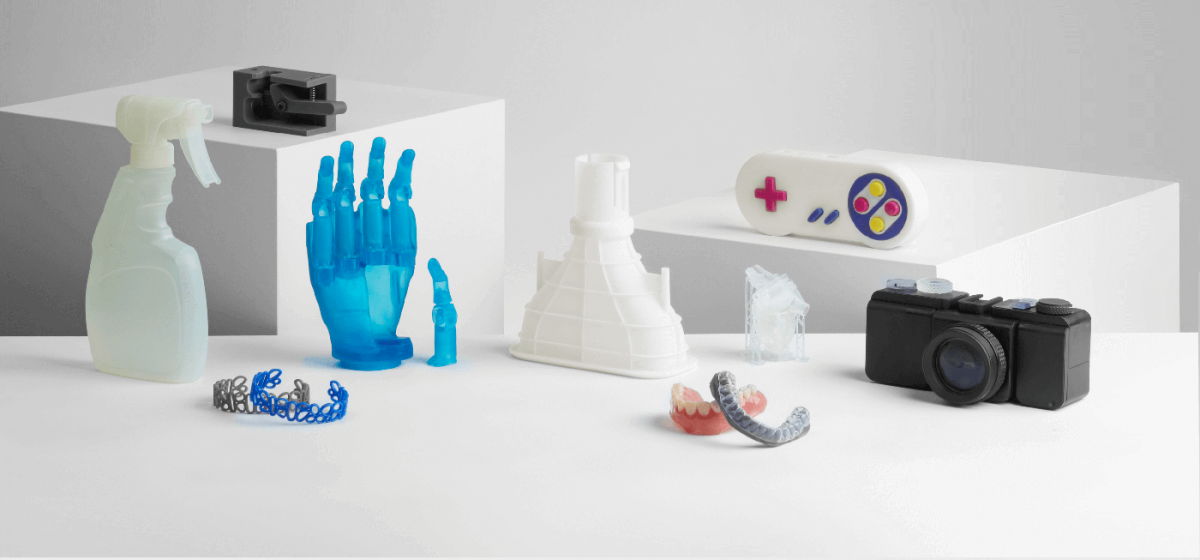 We utilize existing functions on the mobile phone in this innovative T3D 3D printer. The T3D 3D printer is also affordable, because it uses only one Z-axis with most of the functions of the user’s mobile phone or tablet.
We utilize existing functions on the mobile phone in this innovative T3D 3D printer. The T3D 3D printer is also affordable, because it uses only one Z-axis with most of the functions of the user’s mobile phone or tablet.
T3D is a cyber physic system (CPS) machine that can connect to cloud by WiFi and motion control by Bluetooth. The camera is a vision integration device of smartphone. The hardware and software are open source. Therefore, T3D is the best teaching tool for Industry 4.0.
One of the biggest problems startups face is the delay of manufacturing and delivery. Therefore, T3D invites XYZprinting as an important partner for manufacturing and delivery, because XYZprinting is one of the largest 3D printer companies with excellent capability for manufacturing and delivery.
Check out the Kickstarter here.
https://ksr-video.imgix.net/projects/3097537/video-815284-h364_high.mp4
Discuss this and other 3D printing topics at 3DPrintBoard.com, or share your thoughts below.
Jeng-Ywan Jeng PhD, is the Founder of Taiwan 3D Tech. LLC
Stay up-to-date on all the latest news from the 3D printing industry and receive information and offers from third party vendors.
Tagged with: 3d printer kickstarter • 3d printing crowdfunding • kickstarter • mobile phone • National Taiwan University • sla 3d printer • T3D
Please enable JavaScript to view the comments powered by Disqus.
A budget photopolymer 3D printer Longer appeared on Kickstarter / Sudo Null IT News
The model is called Orange 30. This photopolymer 3D printer (SLA UV) is a simple and reliable desktop model that is accessible to everyone. A big plus of the Orange 30 is that it doesn't require much skill for basic printing. Manufacturer Longer has several videos that teach the basics of 3D printing. The printer is quiet, there are no exposed moving or hot parts, and it is practically safe to use at home or in the office.
→ Longer Project: Reliable & Most Affordable Desktop SLA 3D Printer on Kickstarter
→ Official store Longer3d.com
The Longer Orange 30 photopolymer printer is a “tower” with dimensions of 20 x 20 x 39 cm, a massive metal base, a light-protective cap on top. The cap, by the way, is needed not so much to protect the user as to protect the photopolymer from parasitic light from outside. Under the hood is a tray for photopolymer and a Z-axis drive that raises the print table gradually upwards as the model is created. At the base there is a control board with a touch screen, a UV matrix for illuminating the photopolymer, and a 2K display (LCD display with a resolution of 2560 x 1440 pixels). The size of the bath is 120 x 68 mm, the maximum working stroke along the Z axis is 170 mm. This is more than the popular budget Sparkmaker SLA 3D printer.
Features
Brand: Longer
Model: Orange 30
Type: SLA UV 3D printer
Print area size: 120 x 68 x 170 mm
Print layer thickness: 0. 02...0.1 mm
02...0.1 mm
Print speed: 30 mm/h (at 0.1 mm layer).
Display: yes, touch, 2.8"
Illumination type: UV LED matrix 405 nm
Consumable type: 405 nm photopolymer resin (UV Resin)
If you decide to become a baker, please be aware that currently available is $229 (Orange 30 printer + bottle of resin). Shipping cost to Russia $110. They promise to start sending samples in August 2019.
This is one of the most budget options. You can wait and take this printer for sale. But the price may rise (on Kickstarter, the "crossed out" price is $450). Maybe not get up. OEM clones of previous Longer models are freely sold in Chinese stores (FDM printers from $150 and up, SLA from $250).
The design is simple but effective: MGN12 rail guide is mounted on a single Z-axis. Not crooked shafts, but a normal (Chinese) rail. A bath for a photopolymer is used metal. Yes, it is simple, on tacks, stamped, but it is not plastic. The table for forming the model is also metal. The printer developers have provided a mechanism for leveling the table. There is a corresponding operation in the printer menu for this.
The printer developers have provided a mechanism for leveling the table. There is a corresponding operation in the printer menu for this.
Bold plus of this model - the presence of a touch screen with printer control, printing and preview models. I have never seen a built-in file viewer before. In my opinion, this is a killer feature in a budget model.
Why do you need a photopolymer printer - to print accurate models (copies) with high detail (20...50 microns). Similar printers are used in dentistry, jewelry, modeling, etc. There are special photopolymers, for example, castable, which allows casting on 3D models.
Longer3D and before that flashed, as a manufacturer of OEM models, which then appear under other brands, such as Alfawise.
The catalog contains an interesting model Longer Orange 120 - this is a modified Sparkmaker, with a display and a metal bath. Comrades from Longer reworked the budget printer and fixed the main jambs.
Pay attention to the model Longer Orange 10. This is the "younger" model Orange 30. It has a similar design, but has a smaller print area of only 98 x 55 x 140 mm, and also has a "child" matrix resolution (854 x 480 dots) . The retail price of such a printer is just under $300. The manufacturer has videos on setting up and using the Orange 10 model, and on the site you can find drivers, slicers, firmware and instructions.
This is the "younger" model Orange 30. It has a similar design, but has a smaller print area of only 98 x 55 x 140 mm, and also has a "child" matrix resolution (854 x 480 dots) . The retail price of such a printer is just under $300. The manufacturer has videos on setting up and using the Orange 10 model, and on the site you can find drivers, slicers, firmware and instructions.
I like that little-known startups develop and bring projects to perfection. Moreover, Longer has other interesting models. No wonder other manufacturers buy OEM licenses from Longer and release the same devices under their own brands. Even with shipping, this printer is half the price of the popular Wanhao Duplicator 7 and Anycubic Photon. You can, of course, get additional savings by buying two sets at once ($550 + $19 shipping5). In fact, these are two photopolymer printers with a 2K matrix for the price of one Anycubic Photon.
In any case, I will follow the project, as it is interesting.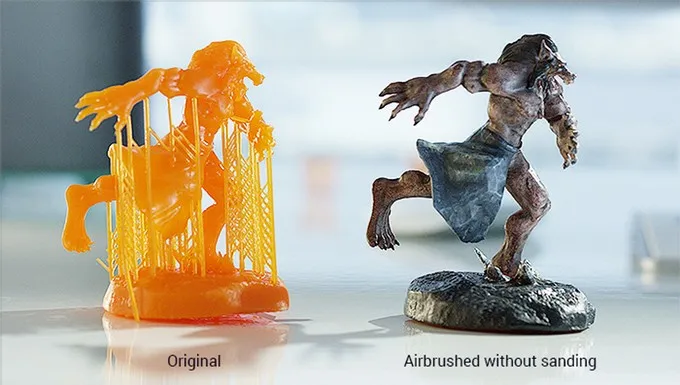
3D printer Elegoo Jupiter MSLA with a resolution of 6k successfully started on Kickstarter
Miscellaneous
Subscribe to
Subscribe
I do not want
5 9000 , successfully launched on Kickstarter. In just a few days, we collected an amount that exceeded the goal by several times. The model is extremely interesting - with a huge field for printing, with various "chips" for a relatively small cost.
The manufacturer offers a large size (matrix 12.8" ) SLA printer with high resolution in 6K (!). Such a solution allows you to print entire models without cutting and subsequent gluing, which was previously difficult or expensive.
Claimed model characteristics:
- Model: ELEGOO Jupiter
- Type: photopolymer MSLA (monochrome) 3D printer
- Resin type: UV 405 nm
- Print resolution: 5448 x 3064 dots (approx. 51 µm)
- Working area: 277 x 156 x 300 mm (12.
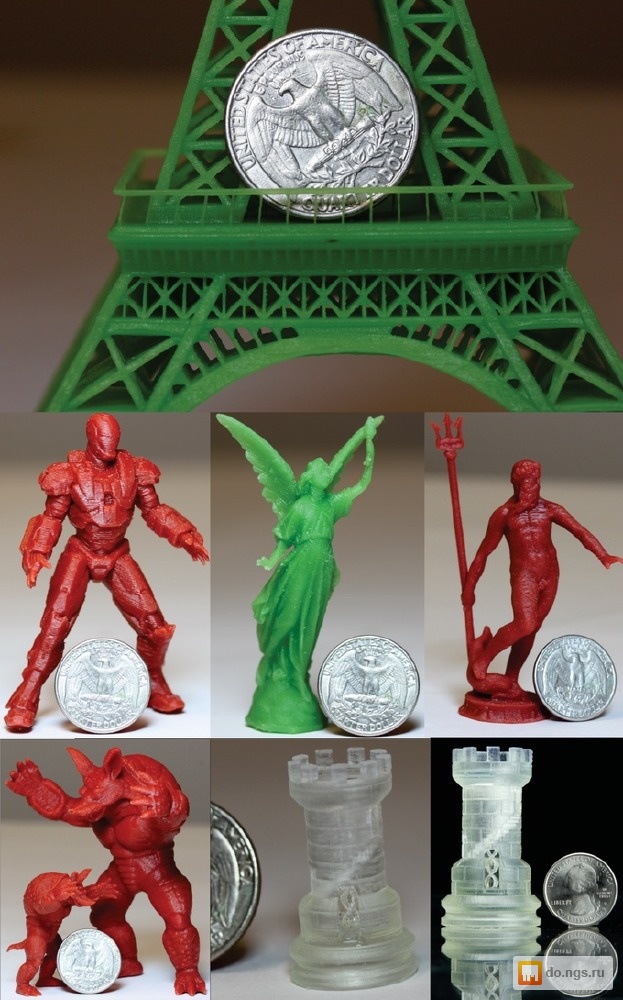 8")
8") - Dimensions: 498 x 358 x 750 mm
- Operation: 5" touch screen
- Typical layer thickness: 10-20 µm
- Print speed: 30-70 mm/h
- Weight: 40 kg
For size comparison with other models - ELEGOO Mars and ELEGOO Saturn. As you can see, the new ELEGOO Jupiter printer not only has a large print area, but is also noticeably larger in overall dimensions. The protective cap is not removable - there is a hard casing and a door for access inside.
The size of the working area for building is 277 x 156 mm (XY), which corresponds to a matrix diagonal of 12.8 "and up to 300 mm in height. The print resolution is 5448 x 3064 dots (6K).
The manufacturer promises easy maintenance and easy printer setup to work.Works with most UV resins.A power source (UV COB LED) is installed inside.In order to eliminate the need to top up the resin during long printing times, a special solution is provided to install the entire bottle.
The modular design of the housing allows you to easily deliver the entire kit to the user, safe and sound. Assembly is quite simple and takes about 15 minutes. Next, you will need to align the print table and you can start. No special printing skills or special tools are required - even a beginner can print on such a printer.
The manufacturer promises high print quality: about 50 microns in XY and up to 10-20 microns in Z. Given the acceptable print speed (30-70 mm / h), the ELEGOO Jupiter printer may well be the start of a new business or startup, as well as help in hobbies and creativity. Such a model is also useful in workshops, as well as for dentistry and prosthetics.
Link to the ELEGOO Jupiter project on Kickstarter - you can support the manufacturer. ELEGOO Jupiter Kickstarter Special ($740 for a printer with accessories) or 2x Kickstarter Special ($1,400, two printers respectively) is available. Shipping in January directly from the manufacturer.